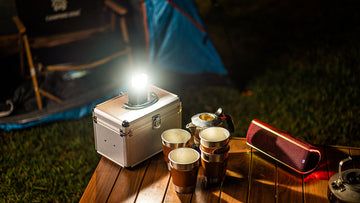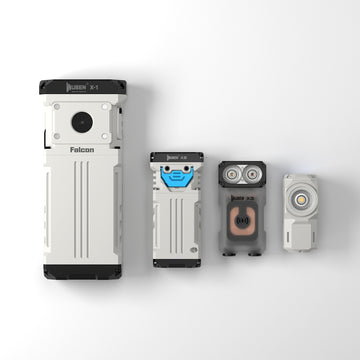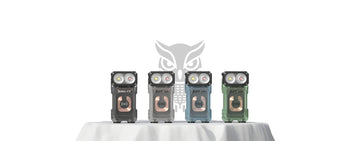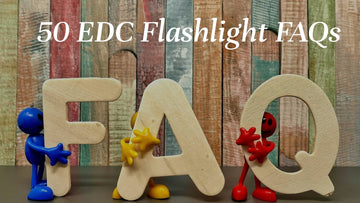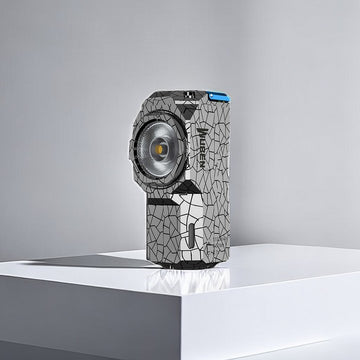
When it comes to selecting the appropriate lighting for your home or workspace, it is crucial to have an understanding of the brightness levels of different light sources. Lumens are the units of measurement used to quantify the amount of visible light emitted by a source. Here, we will delve into the topic of lumens, with a specific focus on the brightness of 350 lumens and its significance in various applications.
To grasp the brightness of 350 lumens, it is essential to first comprehend the concept of lumens itself. Lumens measure the total amount of light produced by a light source, considering its intensity across the entire visible spectrum. Unlike watts, which measure power consumption, lumens directly relate to the perceived brightness of the light.
The relationship between lumens and brightness is straightforward—the higher the lumen output, the brighter the light will appear to the human eye. While this correlation may seem simple, it is important to note that different lighting technologies can produce varying lumen outputs for the same wattage. Therefore, comparing lumens is a more accurate way to determine brightness.
Now that we have a fundamental understanding of lumens, let's explore what 350 lumens actually represents. At 350 lumens, a light source would provide a moderate level of brightness. While it may not be suitable as the primary light source for larger spaces, it can be ideal for accent lighting, task lighting, or creating a cozy ambiance in smaller areas.
To put 350 lumens into perspective, let's compare it to other commonly encountered light sources. A standard incandescent 40-watt bulb typically produces around 450 lumens, making it slightly brighter than a 350-lumen light source. On the other hand, a 60-watt incandescent bulb emits approximately 800 lumens, significantly brighter than 350 lumens. Compact fluorescent lamps (CFLs) and LED bulbs also vary in lumen output, with some models providing even higher lumens per watt efficiency.
Practical applications of 350 lumens can include bedside table lamps, desk lamps, or accent lighting for art pieces or architectural details. It can create a warm and inviting atmosphere in living rooms, bedrooms, or small reading nooks. However, it may not be sufficient for primary lighting in larger spaces where higher lumen outputs are required.
While lumens provide a standardized measure of brightness, it is important to consider other factors that can affect our perception of brightness. These factors include light color temperature, beam angle, and the surrounding environment.
Light color temperature refers to the appearance of light, ranging from warm, yellowish tones to cool, bluish hues. Warmer temperatures, resembling candlelight, can create a cozy and relaxed atmosphere. Cooler temperatures, resembling daylight, are generally perceived as brighter and can enhance focus and productivity.
Beam angle and directionality also play a role in how light is perceived. Narrow beam angles focus light in a specific direction, creating more intensity in a localized area. Wider beam angles spread light more evenly, providing a more general illumination across a larger space.
Lastly, the surrounding environment can influence how we perceive the brightness of a light source. A well-lit room may require a higher lumen output to achieve the desired brightness level compared to a dimly lit room. Additionally, reflective surfaces can enhance the perceived brightness by bouncing light around the space.
In conclusion, understanding the brightness of 350 lumens requires an understanding of lumens as a measurement unit and its correlation to perceived brightness. While 350 lumens may not be extremely bright compared to higher lumen outputs, it can serve as an excellent option for accent lighting, task lighting, or creating a cozy ambiance in smaller areas. Remember to consider factors like light color temperature, beam angle, and the surrounding environment to achieve the desired lighting effect.
Related article: How Bright is 80 Lumens?
To grasp the brightness of 350 lumens, it is essential to first comprehend the concept of lumens itself. Lumens measure the total amount of light produced by a light source, considering its intensity across the entire visible spectrum. Unlike watts, which measure power consumption, lumens directly relate to the perceived brightness of the light.
The relationship between lumens and brightness is straightforward—the higher the lumen output, the brighter the light will appear to the human eye. While this correlation may seem simple, it is important to note that different lighting technologies can produce varying lumen outputs for the same wattage. Therefore, comparing lumens is a more accurate way to determine brightness.
Now that we have a fundamental understanding of lumens, let's explore what 350 lumens actually represents. At 350 lumens, a light source would provide a moderate level of brightness. While it may not be suitable as the primary light source for larger spaces, it can be ideal for accent lighting, task lighting, or creating a cozy ambiance in smaller areas.
To put 350 lumens into perspective, let's compare it to other commonly encountered light sources. A standard incandescent 40-watt bulb typically produces around 450 lumens, making it slightly brighter than a 350-lumen light source. On the other hand, a 60-watt incandescent bulb emits approximately 800 lumens, significantly brighter than 350 lumens. Compact fluorescent lamps (CFLs) and LED bulbs also vary in lumen output, with some models providing even higher lumens per watt efficiency.
Practical applications of 350 lumens can include bedside table lamps, desk lamps, or accent lighting for art pieces or architectural details. It can create a warm and inviting atmosphere in living rooms, bedrooms, or small reading nooks. However, it may not be sufficient for primary lighting in larger spaces where higher lumen outputs are required.
While lumens provide a standardized measure of brightness, it is important to consider other factors that can affect our perception of brightness. These factors include light color temperature, beam angle, and the surrounding environment.
Light color temperature refers to the appearance of light, ranging from warm, yellowish tones to cool, bluish hues. Warmer temperatures, resembling candlelight, can create a cozy and relaxed atmosphere. Cooler temperatures, resembling daylight, are generally perceived as brighter and can enhance focus and productivity.
Beam angle and directionality also play a role in how light is perceived. Narrow beam angles focus light in a specific direction, creating more intensity in a localized area. Wider beam angles spread light more evenly, providing a more general illumination across a larger space.
Lastly, the surrounding environment can influence how we perceive the brightness of a light source. A well-lit room may require a higher lumen output to achieve the desired brightness level compared to a dimly lit room. Additionally, reflective surfaces can enhance the perceived brightness by bouncing light around the space.
In conclusion, understanding the brightness of 350 lumens requires an understanding of lumens as a measurement unit and its correlation to perceived brightness. While 350 lumens may not be extremely bright compared to higher lumen outputs, it can serve as an excellent option for accent lighting, task lighting, or creating a cozy ambiance in smaller areas. Remember to consider factors like light color temperature, beam angle, and the surrounding environment to achieve the desired lighting effect.
Related article: How Bright is 80 Lumens?
Tags:
Related Articles

